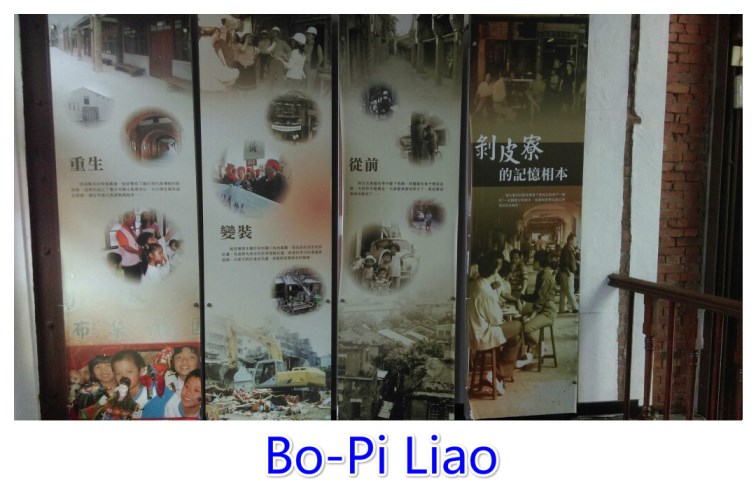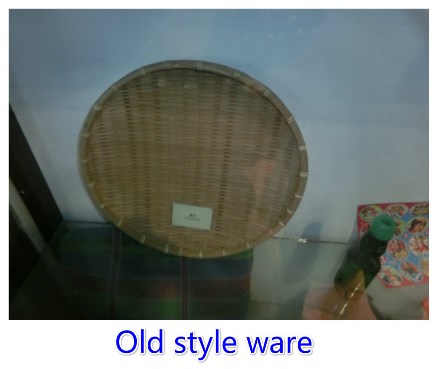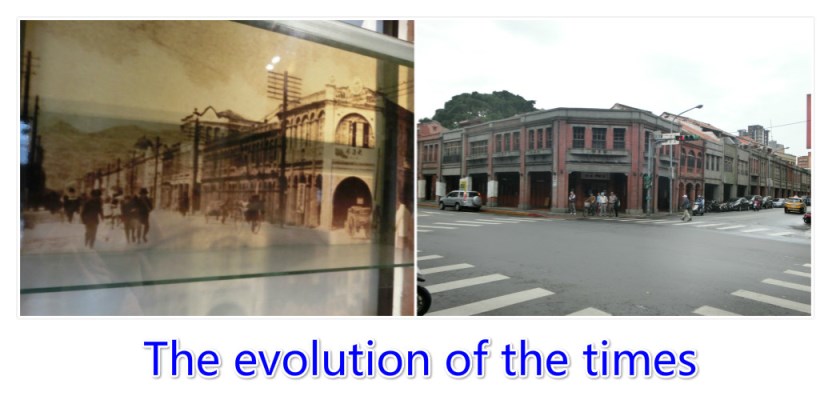

Along with the changes in times, old industries have either disappeared or been transformed into a new form, in accordance with the changes of life styles in Wanhua district.
1. Early in the Japanese Rule Era, concerned with the narrow streets built during the Qing period and the lack of an underground sewage system, the Japanese government launched a series of “urban reform” policies. In 1905, the construction of Guanzhou Street, Kangding Road and Kunming Streets was planned, and the construction work began in 1908, which cut the Qing-styled street into two parts and concealed it behind Guanzhou Street. On the northern side of the old street, more traditional Qing-styled store houses were preserved while buildings on Guanzhou Street, Kangding Road and Kunming Street turned into street houses with archway facades.
2. In the past, home space was very limited and only wealthy people had their own bathroom at home. People without a bathroom needed to visit a public bathhouse if they wished to have a bath. Fengxiang was a traditional self-service bathhouse, providing only hot water and tubs. As the economy bloomed, fewer and fewer people visited a bathhouse, and Fengxiang therefore was shut down in 1987.. 3. In the Japanese Rule Era, most families used charcoals and fire stoves for cooking. At the time, there were many venders of charcoals gathered at the intersection of Kangding Road and Guanzhou Street, doing business in the arcade, resulting in the name of “Charcoal City” for the area. Because of the prevalence of fossil oil and electricity, charcoal vendors had also gradually disappeared.
4. A “GanZai shop” was a traditional grocery store that appeared in early Taiwan, which soldcigarette, alcohol, food and other products. Because in the earlier times, goods were put in round, shallow bamboo-made baskets (Gan) in these shops, and customers also used the basket to collect what they needed before letting shop owners weight their purchase and calculate the price, the name “GanZai shop” (shop of Gan) therefore was given. Nowadays, bright, fashionable convenient stores have replaced the grocery stores around each street corner.
5. An urban development plan designated a part of Bo-Pi Liao street for the use of Lao-Song Elementary School, which confined the expansion of the street block as well as allowed the streets and buildings to maintain their original appearance. Under the influence of long years, some buildings in the district had to go through several rounds of restoration for their conservation, the work of which has allowed us to witness different architectural styles, materials and skills from the Qing period, the Japanese Rule Era and the post-war period inside the district. |




